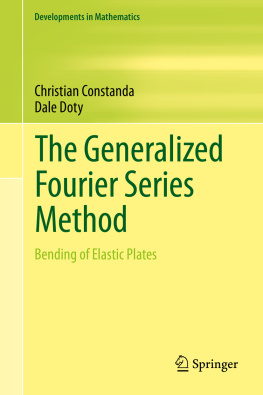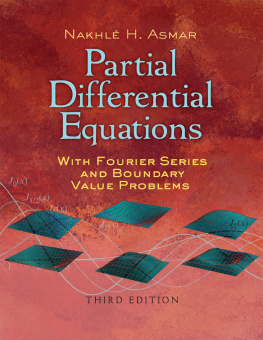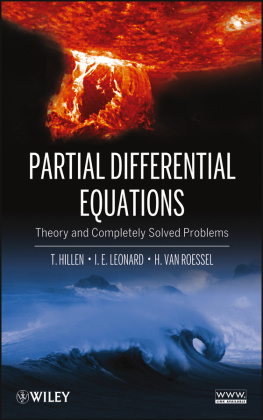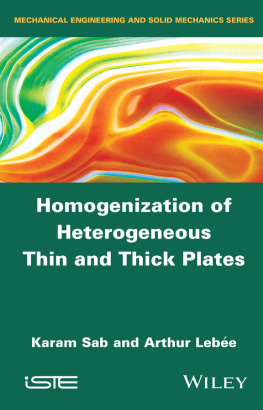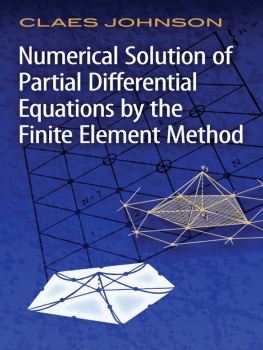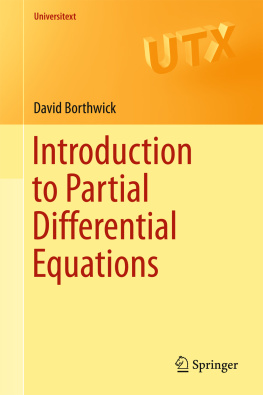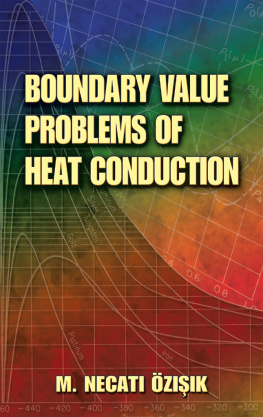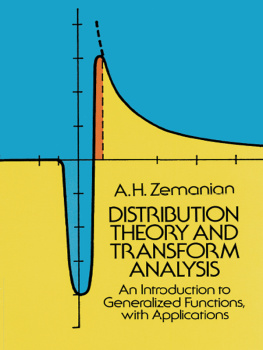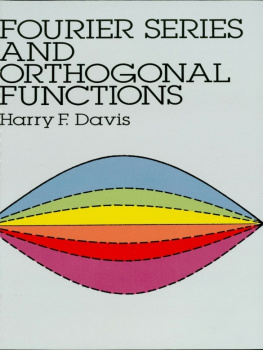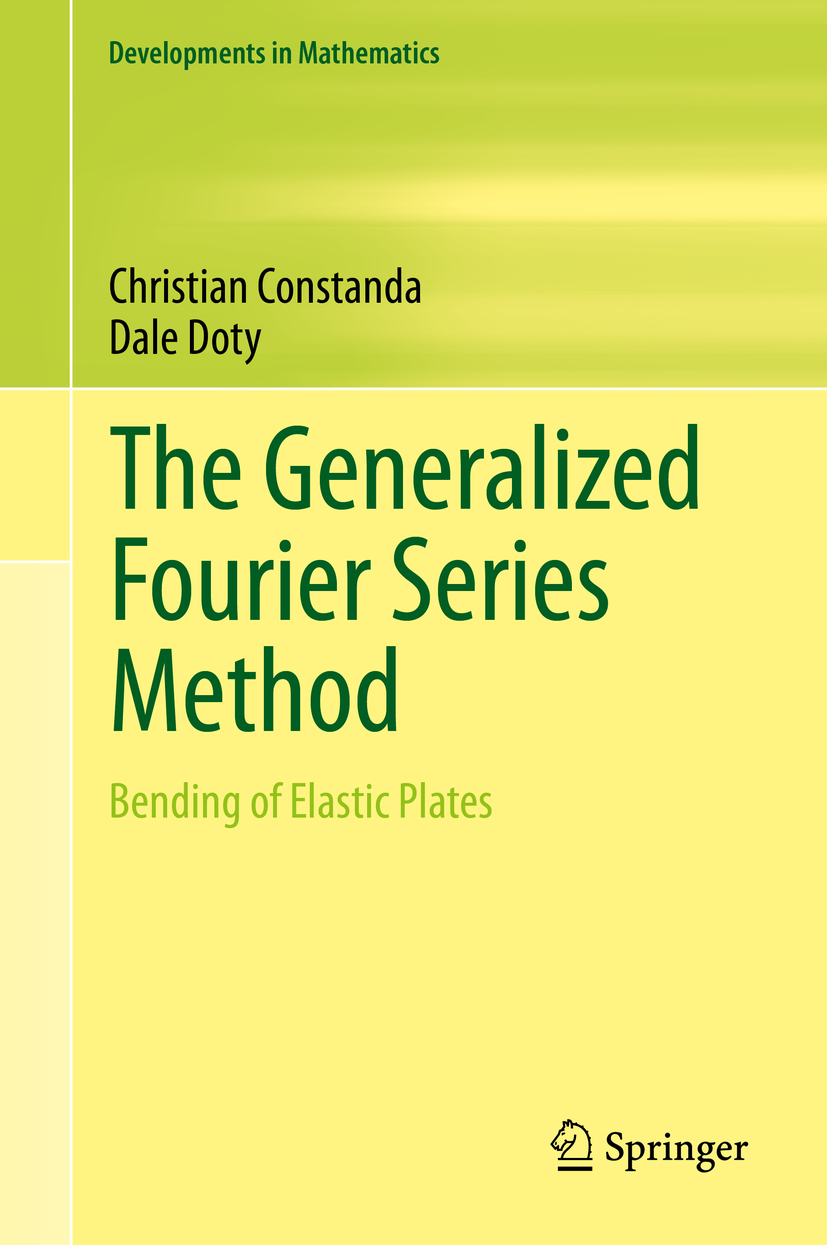Christian Constanda - The Generalized Fourier Series Method: Bending of Elastic Plates
Here you can read online Christian Constanda - The Generalized Fourier Series Method: Bending of Elastic Plates full text of the book (entire story) in english for free. Download pdf and epub, get meaning, cover and reviews about this ebook. City: Cham, year: 2021, publisher: Springer, genre: Science. Description of the work, (preface) as well as reviews are available. Best literature library LitArk.com created for fans of good reading and offers a wide selection of genres:
Romance novel
Science fiction
Adventure
Detective
Science
History
Home and family
Prose
Art
Politics
Computer
Non-fiction
Religion
Business
Children
Humor
Choose a favorite category and find really read worthwhile books. Enjoy immersion in the world of imagination, feel the emotions of the characters or learn something new for yourself, make an fascinating discovery.
- Book:The Generalized Fourier Series Method: Bending of Elastic Plates
- Author:
- Publisher:Springer
- Genre:
- Year:2021
- City:Cham
- Rating:3 / 5
- Favourites:Add to favourites
- Your mark:
The Generalized Fourier Series Method: Bending of Elastic Plates: summary, description and annotation
We offer to read an annotation, description, summary or preface (depends on what the author of the book "The Generalized Fourier Series Method: Bending of Elastic Plates" wrote himself). If you haven't found the necessary information about the book — write in the comments, we will try to find it.
This book explains in detail the generalized Fourier series technique for the approximate solution of a mathematical model governed by a linear elliptic partial differential equation or system with constant coefficients. The power, sophistication, and adaptability of the method are illustrated in application to the theory of plates with transverse shear deformation, chosen because of its complexity and special features. In a clear and accessible style, the authors show how the building blocks of the method are developed, and comment on the advantages of this procedure over other numerical approaches. An extensive discussion of the computational algorithms is presented, which encompasses their structure, operation, and accuracy in relation to several appropriately selected examples of classical boundary value problems in both finite and infinite domains. The systematic description of the technique, complemented by explanations of the use of the underlying software, will help the readers create their own codes to find approximate solutions to other similar models. The work is aimed at a diverse readership, including advanced undergraduates, graduate students, general scientific researchers, and engineers.
The book strikes a good balance between the theoretical results and the use of appropriate numerical applications. The first chapter gives a detailed presentation of the differential equations of the mathematical model, and of the associated boundary value problems with Dirichlet, Neumann, and Robin conditions. The second chapter presents the fundamentals of generalized Fourier series, and some appropriate techniques for orthonormalizing a complete set of functions in a Hilbert space. Each of the remaining six chapters deals with one of the combinations of domain-type (interior or exterior) and nature of the prescribed conditions on the boundary. The appendices are designed to give insight into some of the computational issues that arise from the use of the numerical methods described in the book.
Readers may also want to reference the authors other books Mathematical Methods for Elastic Plates, ISBN: 978-1-4471-6433-3 and Boundary Integral Equation Methods and Numerical Solutions: Thin Plates on an Elastic Foundation, ISBN: 978-3-319-26307-6.
Christian Constanda: author's other books
Who wrote The Generalized Fourier Series Method: Bending of Elastic Plates? Find out the surname, the name of the author of the book and a list of all author's works by series.

